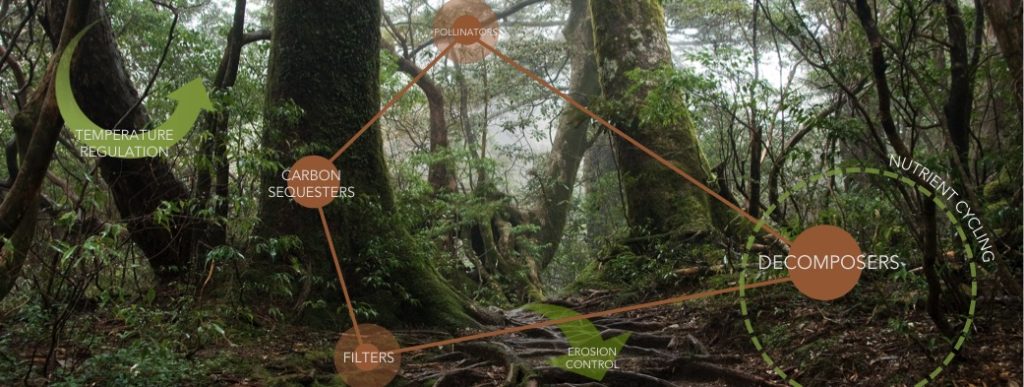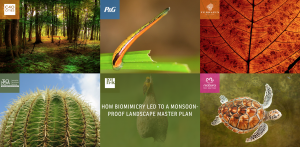Want to talk to our team? To set up an appointment to learn more about how Biomimicry 3.8 can help you create built spaces, email info@biomimicry.net or call +1 406 543 4108.
Cleaner, greener buildings and landscapes that function in harmony with local habitats save money, cut waste, streamline productivity, and create thriving communities.
To help clients achieve this kind of design, Biomimicry 3.8 provides ecologically-inspired insights at each stage of the architectural, engineering, and planning processes. Our services integrate biomimetic solutions into the design process at any stage through a facilitated collaboration between experienced biologists and the design team.
Our teams collect, distill, and translate locally relevant ecological intelligence to enable built environment innovators to easily integrate biomimetic solutions into their projects. Incorporating both sustainable functions and aspirational goals that build on the success of existing ecosystems empowers design teams to create projects that not only contribute to healthy, thriving communities, but also meet the standards of a growing number of green building certification programs.
This begins through our tiered set of place-based services that:
Design generous built spaces
 We help project teams define the vision, values, and identity of a project to unite the design team around the common purpose of creating conditions conducive to life through our methodology that guides the development and integration of environmental performance standards to create positive impact to the local ecosystem. Our services align and support the team’s aspiration goals.
We help project teams define the vision, values, and identity of a project to unite the design team around the common purpose of creating conditions conducive to life through our methodology that guides the development and integration of environmental performance standards to create positive impact to the local ecosystem. Our services align and support the team’s aspiration goals.
Utilize biomimicry research expertise
 We provide the design team with a locally-attuned catalogue of ecological strategies for a wide range of architectural design challenges drawing knowledge specifically from an identified reference habitat(s) for the project location.
We provide the design team with a locally-attuned catalogue of ecological strategies for a wide range of architectural design challenges drawing knowledge specifically from an identified reference habitat(s) for the project location.
Employ ecosystem performance standards
 We measure and report out on beneficial ecosystem services from the project’s reference habitat and provide a set of performance metrics that allows buildings to meet or exceed the level of ecosystem services—such as storing carbon, purifying water, and ensuring biodiversity—that native ecology would provide, allowing our clients to measure impacts and illustrate how projects go beyond sustainability to deliver ecosystem services.
We measure and report out on beneficial ecosystem services from the project’s reference habitat and provide a set of performance metrics that allows buildings to meet or exceed the level of ecosystem services—such as storing carbon, purifying water, and ensuring biodiversity—that native ecology would provide, allowing our clients to measure impacts and illustrate how projects go beyond sustainability to deliver ecosystem services.





